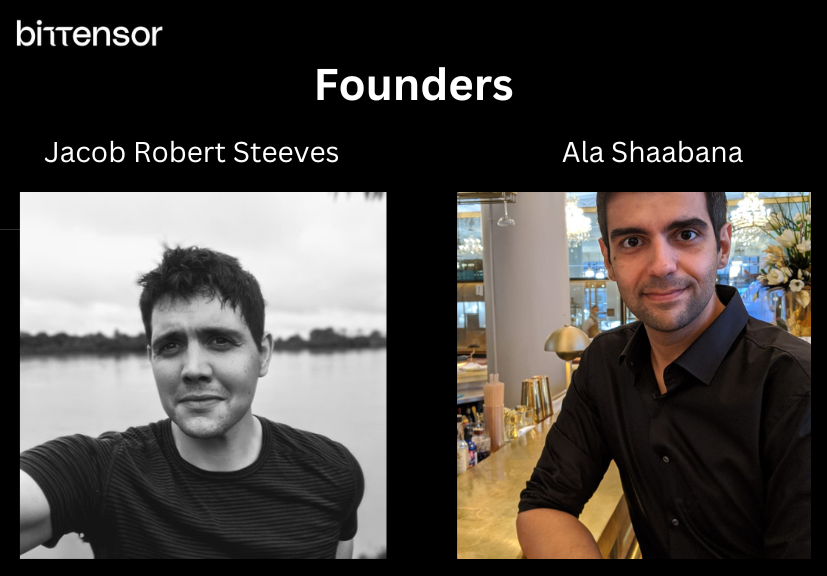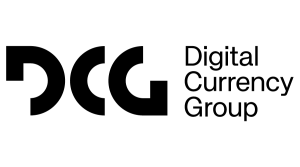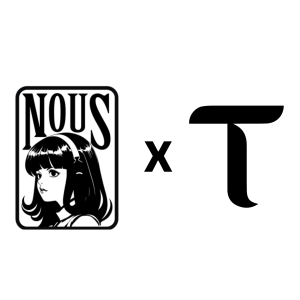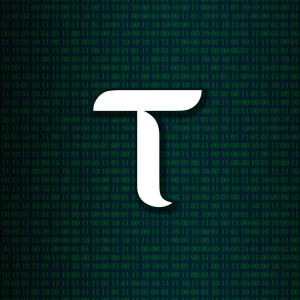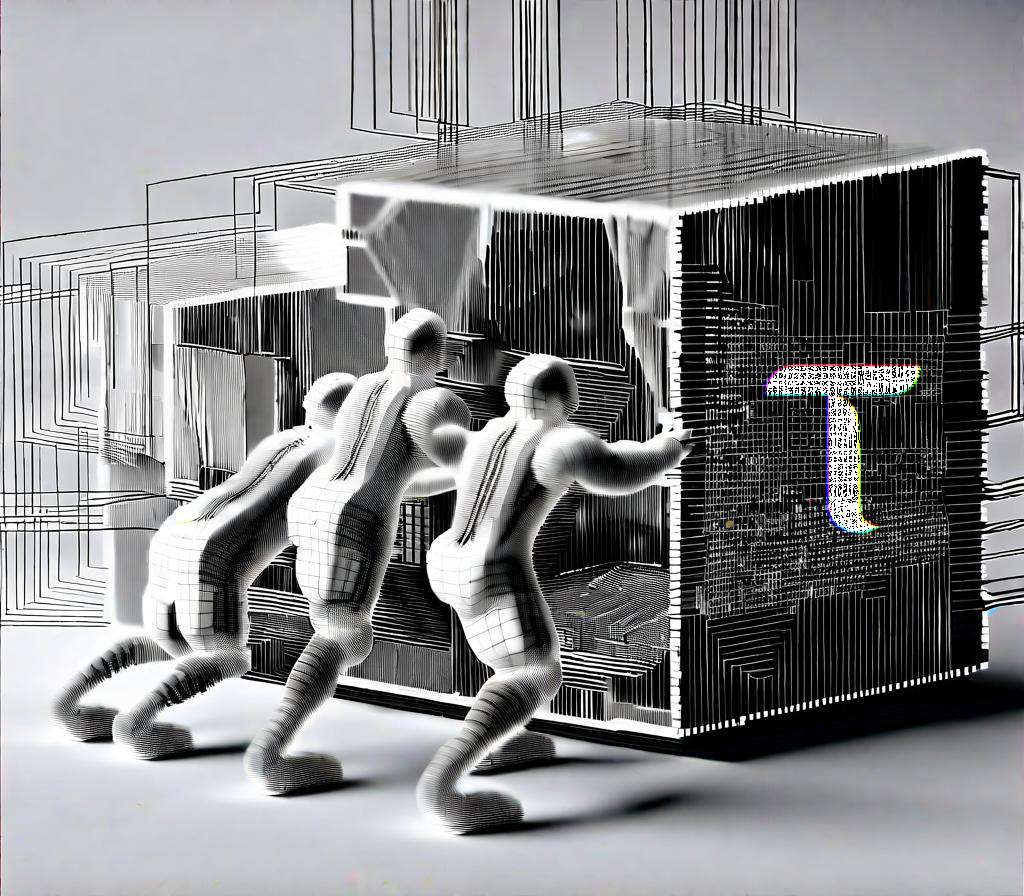

What is TAO Bittensor?
Bittensor is a decentralized infrastructure for building and deploying machine learning models on the blockchain. It offers a significant advantage in that it enables Machine Learning models to be trained and shared on a larger scale by leveraging blockchain computing power. The system is designed to incentivize the production of machine intelligence by rewarding performance with TAO.
TAO is the native cryptocurrency token of the Bittensor platform. It is used as a means of exchange within the network to incentivize users to contribute resources such as computing power and data for the training and deployment of machine learning models.
The Bittensor network consists of thousands of nodes, each equipped with a unique machine-learning model. These nodes work together to analyze and interpret large collections of text data, with the goal of extracting meaningful insights. Through a consensus mechanism, Bittensor incentivizes nodes in its network to produce valuable machine learning models, with the digital token (TAO) becoming equivalent in value to the representational knowledge within the system. The ultimate goal is to create a decentralized and fair marketplace for artificial intelligence.
How does the Bittensor Protocol work?
The network is composed of two types of nodes: Servers and Validators. Validators are responsible for verifying the performance of Servers by requesting information and evaluating their responses. These evaluations are transmitted to the Nakamoto blockchain, where the currency is distributed. Meanwhile, Servers strive to optimize their responses in order to compete with other Servers for positive evaluations and a share of the limited supply of TAO currency. The most effective Servers will receive a larger portion of the TAO that is minted.
To begin the validation process, a Validator sends a tokenized text to a Server it has located on the network. The Server responds with logits, representing its best attempt at predicting the next token. This process is the primary value-generating activity on the network. The Validator then scores the Server based on its response, using a variety of information-based techniques and game theory strategies to assess the usefulness of the information received.
When registering on the network, users can choose which role they want to play. Their node will be created as a model, a wallet with two keys, and a customized dataset, allowing them to participate and contribute knowledge to the network.
What is the Consensus Mechanism of TAO Bittensor?
The consensus mechanism is designed to reward valuable nodes in the network at an increasing rate, rather than relying on a single transaction for the distribution of TAO currency. Once individual scores are calculated, the network blockchain uses a consensus algorithm to determine the most valuable participants and reward them accordingly, while also discouraging malicious activity by nodes in the network.
For Servers to receive rewards, they must perform well in producing valuable knowledge and be useful to the majority of Validators in the network. Meanwhile, Validators are motivated to collaborate with highly valuable Servers that are trusted by the majority of the network through a bonding mechanism and a restriction on the number of scores they can give.
What is Proof of Intelligence?
Proof of Intelligence is a consensus mechanism used in the Bittensor network to reward nodes that contribute valuable machine-learning models and outputs to the network. It is a variation of the Proof of Work (PoW) and Proof of Stake (PoS) mechanisms used in blockchain networks, but instead of solving complex mathematical problems, nodes are required to perform machine learning tasks to demonstrate their intelligence. The more accurate and valuable the output of a node’s machine learning model, the higher the chance of being selected to add a new block to the chain and receiving rewards in the form of TAO tokens.
Which problem does Bittensor want to solve?
Transparency
Bittensor addresses a key concern in the AI industry, which is the centralization of control and the potential for censorship by a single entity. Unlike many existing AI systems, Bittensor is decentralized and open-source, allowing for greater transparency and community-driven development. This approach ensures that the AI models are not controlled by a central entity and can be developed and shared freely by anyone on the network.
Leverage Artificial Intelligence
Bittensor leverages AI in a decentralized manner by using a network of computers around the world to train and develop machine learning and AI models via the Bittensor network. This means that as more participants join the network, the more computing power and resources become available, allowing for more efficient and accurate AI processing.
In contrast, a central company typically relies on a large centralized supercomputer to solve machine learning problems. Bittensor’s approach allows for a more efficient use of computing resources, while also democratizing the AI industry and allowing for more widespread participation and innovation.
What is the Goal of Bittensor?
The goal of Bittensor is to create a truly decentralized platform for artificial intelligence and machine learning that leverages the power of blockchain technology. By allowing anyone to contribute compute power to the network and earn rewards in the form of TAO tokens, Bittensor aims to democratize the AI industry and make it more accessible to a wider range of developers and researchers.
Ultimately, the vision is to create a pure market for artificial intelligence that is fair, transparent, and accessible to everyone.
Big companies like IBM, Google or Microsoft, but also smaller ones, will pay TAO to use the various models inside the Bittensor network for their own projects.
The reason why big companies like IBM, Google, or Microsoft, as well as smaller ones, would pay TAO to use the various models inside the Bittensor network for their own projects, is because the centralized AI industry is highly ineffective. For instance, Google alone spends 75% of their electrical cost only on machine learning today, and the usage of a machine learning model like GPT3 costs $12 Million US-Dollar per hour! As AI research compounds itself every year and new models have to relearn what previous models already learned, these companies will likely find it advantageous to use the most effective and largest neural network in the world provided by Bittensor as an addition to their own machine learning networks.
Why Decentralized AI matters?
Decentralized AI matters for several reasons. First, it addresses the issue of centralization, where a few large companies control the majority of AI development, data, and processing power. Decentralization allows for a more distributed network of individuals and organizations to contribute to and benefit from AI development.
Second, decentralized AI networks can be more efficient in terms of energy consumption and computing power. Instead of relying on a few large data centers, decentralized networks can leverage the unused computing power of individual devices, reducing waste and cost.
Third, decentralized AI networks can be more secure and resistant to attacks, as they do not rely on a single point of failure. The distributed nature of the network makes it more difficult for malicious actors to compromise the system.
Finally, decentralized AI networks have the potential to be more inclusive and democratized, as anyone with access to computing power and data can participate in AI development and benefit from its advancements. This can lead to a more diverse and equitable AI ecosystem.
How to mine Bittensor?
Lorem Ipsum is simply dummy text of the printing and typesetting industry. Lorem Ipsum has been the industry’s standard dummy text ever since the 1500s, when an unknown printer took a galley of type and scrambled it to make a type specimen book. It has survived not only five centuries, but also the leap into electronic typesetting, remaining essentially unchanged. It was popularised in the 1960s with the release of Letraset sheets containing Lorem Ipsum passages, and more recently with desktop publishing software like Aldus PageMaker including versions of Lorem Ipsum
Who is Yuma Rao?
Who are the Founders of Bittensor?
